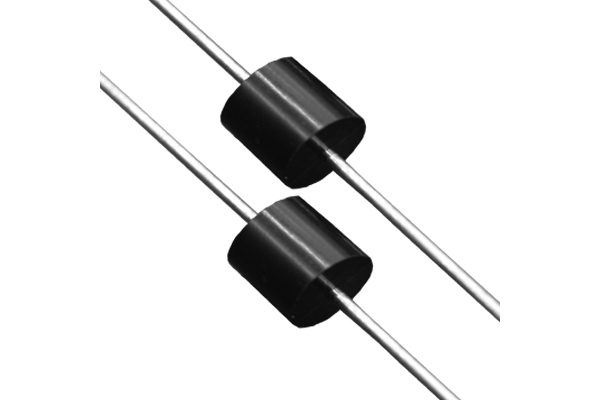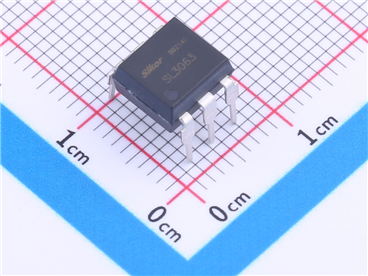TVS transient voltage suppression No matter how the TV is generated here, such as direct or indirect lightning strikes, electrostatic discharge, large-capacity load switching and other factors cause surges. The voltage ranges from a few volts to tens of kilovolts or even higher.
ESD electrostatic discharge protectionThe ES here is mainly expressed by three models. The main applications are HBM and MM. Simply put, people or equipment discharge (static electricity) the device, but the device cannot be damaged.
A typical HBM CLASS 1C model stipulates that a 100pF capacitor charged at 1000V-2000V discharges the device through a 1500 ohm resistor.
The MM model has more energy than the human body model. The capacitance is 200pF, the voltage is about 200-400, but there is no series resistance.
Typical human body model discharge, the peak current is less than 0.75A, and the time is 150ns
Typical machine model discharge, the peak current is less than 8A, and the time is 5ns
Typical lightning surge (
TVS used at power line entry) peak current 3000A, time 20us
The principle is the same, but it is different according to the power and package.
If you compare
ESD with
TVS, it depends on those uses. For example,
ESD is mainly used for anti-static, and anti-static requires a low capacitance value. Generally, it is best between 1-3.5PF.
TVS cannot do it. In this regard, the capacitance value of
TVS is relatively high.
By subjecting them to +/-8KV contact discharges in compliance with the IEC61000-4-2 standard, and analyzing the captured IEC response wave patterns, it can be known that the
TVS protection performance is many times stronger than that of the patch pressure sensitive.
The varistor adopts the principle of physical absorption. Every time an
ESD event passes, the material will be physically damaged to form a permanent leakage channel, while the
TVS uses the principle of semiconductor clamping. When experiencing an
ESD event, the energy will be transmitted instantly. , has no effect on the device itself.
In terms of junction capacitance, both can be achieved below 1pF. 0603-060E0R20P-LF The varistor is packaged in 0603 with a working voltage of 5v and a capacitance of 0.2pf, which is the lowest capacitance in the industry. It is mainly used for HDMI and VGA ports, but other ports can also be used.
Performance and features:
1. Very low capacitance (<0.2pF), providing ideal high-speed data transmission port protection.
2. Frequency response range: 0-6GHZ
3. Contact discharge: 8KV (IEC 61000-4-2)
Air discharge: 15KV (IEC 61000-4-2)
ESD electrostatic discharge protection fast response time <1ns, fully passed the international test standard of IEC 61000-4-2 electrostatic discharge immunity.
BS0060SS
(SOD-123) Super small junction capacitor TSS tube
 Features:
Features:Meet IEC61000-4-5 Surge withstand capacity: 15A (10/1000μS)
IEC 61000-4-2 (
ESD) ± 15 kV (air), ± 8 kV (contact)
Non-polarity, bi-directional surge protection, good absorption characteristics
They are used in different occasions.
TVS is generally used for division level and secondary protection, while
ESD is mainly used for board level protection.
TVS (transient voltage suppressor), and
ESD (Electrolstatic discharge). The choice of
TVS generally depends on the power and packaging of the device.
ESD devices generally look at its
ESD rating (HBM/MM) and the LEVEL of IEC61000-4-2. High-speed USB and I/O attach great importance to its C. Of course their ppk.IPP.VC.Vbr.Vm is also very important.








